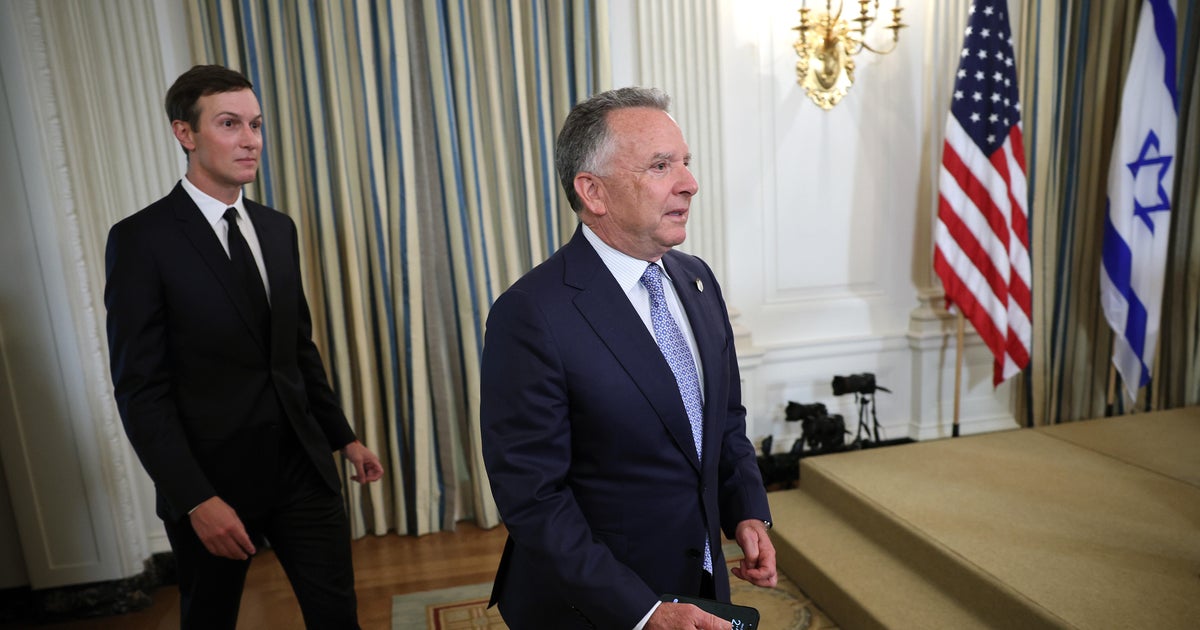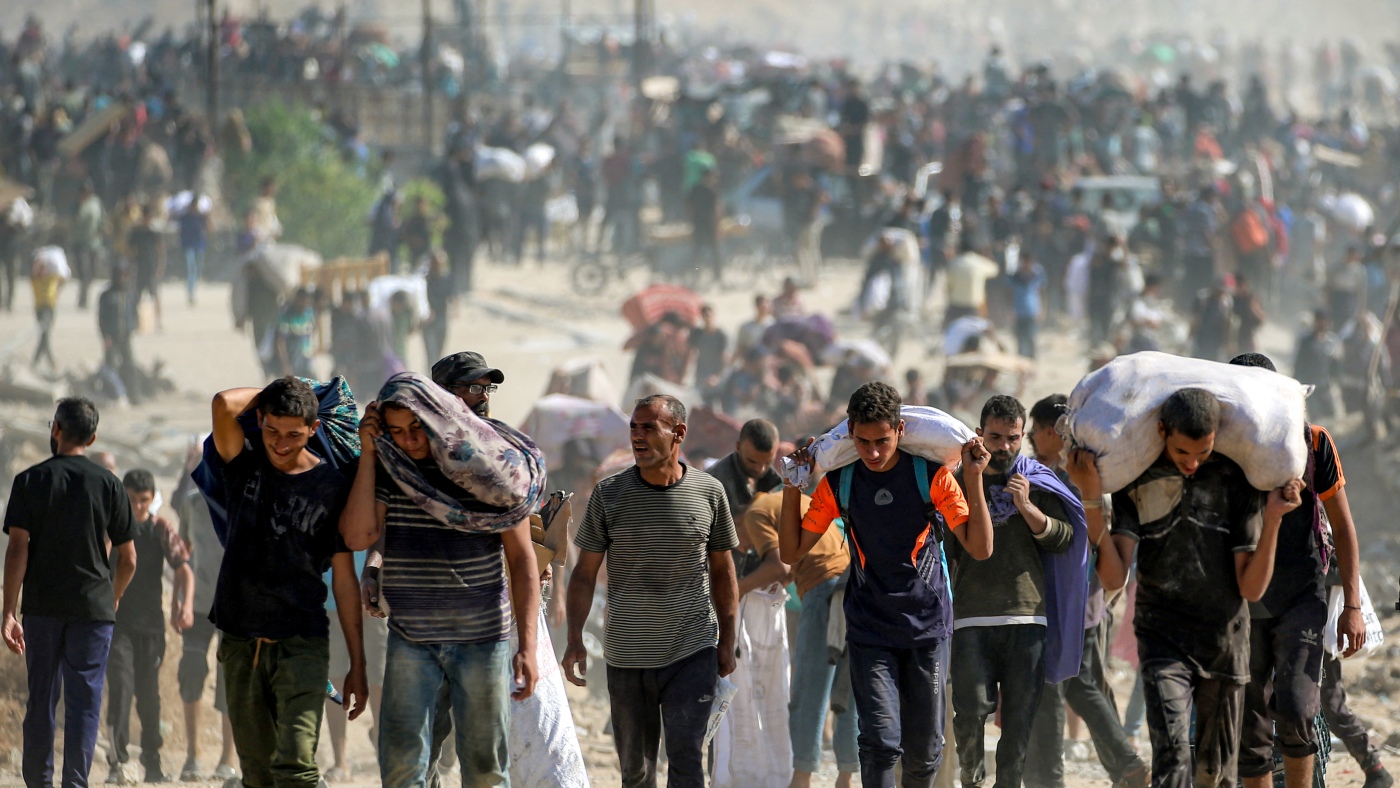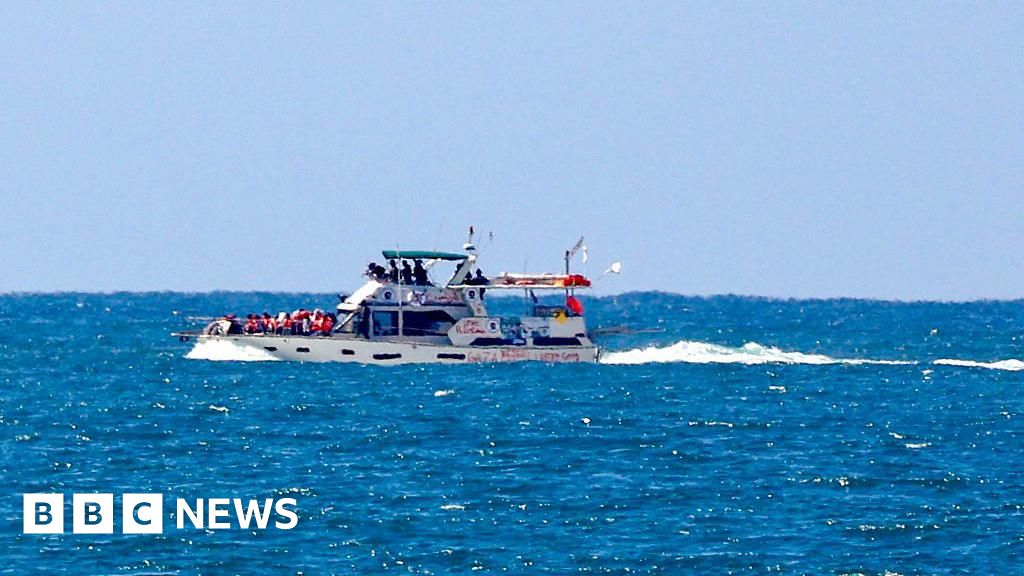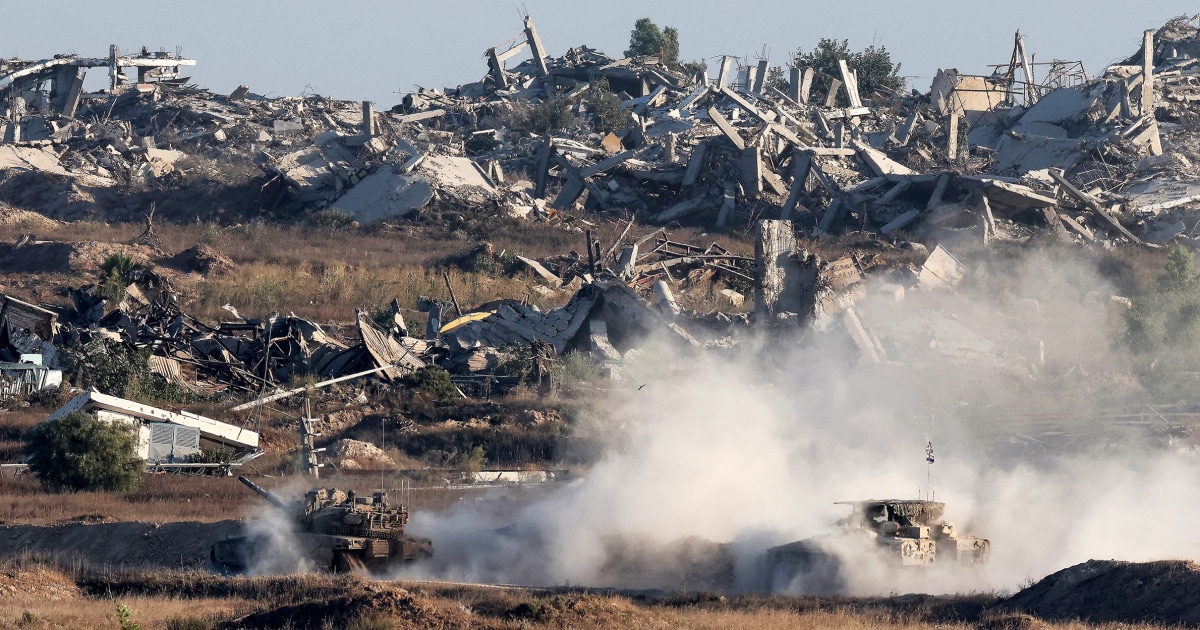Israel Receives Deceased Hostage Remains from Gaza Through ICRC Transfer

Israeli Forces Receive Deceased Hostage Remains from Gaza
Israeli authorities have confirmed that they received the body of a deceased hostage from Gaza, marking a somber moment amid ongoing conflict. The remains were transferred through the International Committee of the Red Cross and are now en route to Israel for formal identification, according to the Prime Minister’s Office.
Context of Hostage Remains Transfer
This handover follows earlier transfers where several sets of remains were returned, with a total of sixteen deceased hostages believed to be still held in Gaza. The exchange is part of delicate negotiations involving humanitarian organizations and the Israeli military, underscoring the complex and tense situation in the region.
Implications and Ongoing Developments
The return of remains is a critical step for families awaiting closure and reflects broader diplomatic efforts amid conflict. As the situation develops, further transfers and negotiations are expected to continue, highlighting the ongoing challenges faced by all parties involved.
About the Organizations Mentioned
International Committee of the Red Cross
The International Committee of the Red Cross (ICRC), founded in 1863 in Geneva, Switzerland, is a pioneering humanitarian organization dedicated to protecting and assisting victims of armed conflict and violence worldwide. It originated from the efforts of Henry Dunant, who, after witnessing the suffering of soldiers at the 1859 Battle of Solferino, advocated for the creation of neutral relief societies and the establishment of international protections for the wounded in war. This led to the first Geneva Convention in 1864, which established rules for the humane treatment of wounded soldiers and introduced the iconic red cross emblem[1][3][6]. The ICRC has played a crucial role in the development and promotion of international humanitarian law (IHL), urging governments and combatants to respect laws that safeguard victims of conflict. Beyond its legal influence, the ICRC operates globally, providing direct aid, medical care, and protection to civilians, prisoners of war, and those affected by conflict. Its neutrality and impartiality enable it to work in some of the most dangerous and politically sensitive environments, helping millions in war zones and regions of unrest[1][7]. Key achievements include its instrumental role in the drafting and continual updating of the Geneva Conventions, which remain the cornerstone of modern IHL. The ICRC’s efforts have been internationally recognized with Nobel Peace Prizes awarded in 1917, 1944, and shared in 1963 with the League of Red Cross Societies (now the IFRC), underscoring its global humanitarian impact[3][4][9]. Today, the ICRC remains headquartered in Geneva and functions as a neutral intermediary in armed conflicts, emphasizing humanitarian innovation and adapting to new challenges such as cyber warfare and urban conflicts. It continues to collaborate with national Red Cross and Red Crescent societies, forming a vast network that combines field operations with advocacy for legal protections—a model of humanitarian response that intertwines ethical principles with practical action, making it highly relevant for business and technology sectors interested in global risk management
Prime Minister's Office
## Overview The Prime Minister’s Office (PMO) is a central administrative and policy-making body that supports the head of government in parliamentary democracies. Its structure, powers, and responsibilities vary by country, but it typically serves as the nerve center for government decision-making, policy coordination, and executive leadership[1][4]. The PMO is especially prominent in countries like the United Kingdom, India, Finland, and Australia, where the prime minister wields substantial executive authority[1][3][4]. ## Functions and Responsibilities The PMO assists the prime minister in leading the government, overseeing the implementation of the government’s program, and coordinating policy across ministries[1]. It often manages government communications, security, and crisis response, and may oversee state-owned enterprises and national initiatives in research, innovation, and sustainable development[1]. In India, for example, the PMO handles critical policy issues, defense matters, and high-level appointments, reflecting its central role in governance[4]. In the UK, the prime minister—through the PMO—sets the legislative agenda, appoints cabinet members, and manages the civil service[2][3]. ## Historical Development The concept of a dedicated office supporting the prime minister evolved with the increasing complexity of government. In India, the PMO was established as the Prime Minister’s Secretariat during Jawaharlal Nehru’s tenure and was renamed in 1977[4]. Its leadership structure was formalized under Indira Gandhi with the creation of the Principal Secretary to the Prime Minister[4]. In Finland, the PMO’s role is defined by its responsibility to ensure the government’s continuity under all circumstances, including emergencies[1]. ## Key Achievements The PMO’s achievements are often synonymous with the government’s successes: major policy reforms, economic initiatives, crisis management, and international diplomacy. For instance, the UK PMO has been pivotal in navigating Brexit and the COVID-19 pandemic, while
Israeli military
The Israeli military, officially known as the Israel Defense Forces (IDF), is a highly integrated and technologically advanced defense organization. Established in 1948 following Israel's declaration of independence, the IDF has evolved into a robust force comprising the army, navy, and air force. Its core mission is to protect Israel's sovereignty and security in a region with multiple strategic challenges. ## History and Evolution The IDF's history is marked by adaptability and innovation. Initially structured as a ground-forces army with air and naval support, it has transformed over the years to incorporate cutting-edge technology and specialized units. The IDF has played a pivotal role in numerous conflicts, including the 1967 Six-Day War and the 1973 Yom Kippur War, where it demonstrated its strategic capabilities. ## Key Achievements - **Technological Advancements**: The IDF is renowned for its technological prowess, particularly in missile defense systems like the Arrow and Iron Dome. These innovations have significantly enhanced Israel's defense capabilities. - **Specialized Units**: The IDF boasts elite units such as the Paratroopers and the Commando Brigade, which have been instrumental in counter-terrorism operations. - **International Cooperation**: The IDF has fostered close military relations with the United States, contributing to joint projects and strategic planning. ## Current Status Today, the IDF faces a complex security landscape with multiple fronts, including threats from Hezbollah, Hamas, and Iranian proxies. In response, Israel is debating future force structures, emphasizing strategic planning, technological integration, and regional defense alliances. ## Notable Aspects - **Integration and Innovation**: The IDF's structure combines air, ground, and sea forces more closely than most militaries, allowing for rapid mobilization and coordination. - **Conscription and Reserves**: The IDF relies heavily on conscription and a well-trained reserve force, ensuring a robust military capability despite its relatively small active-duty component. - **Societal Impact**: Beyond defense, the IDF plays a significant role








